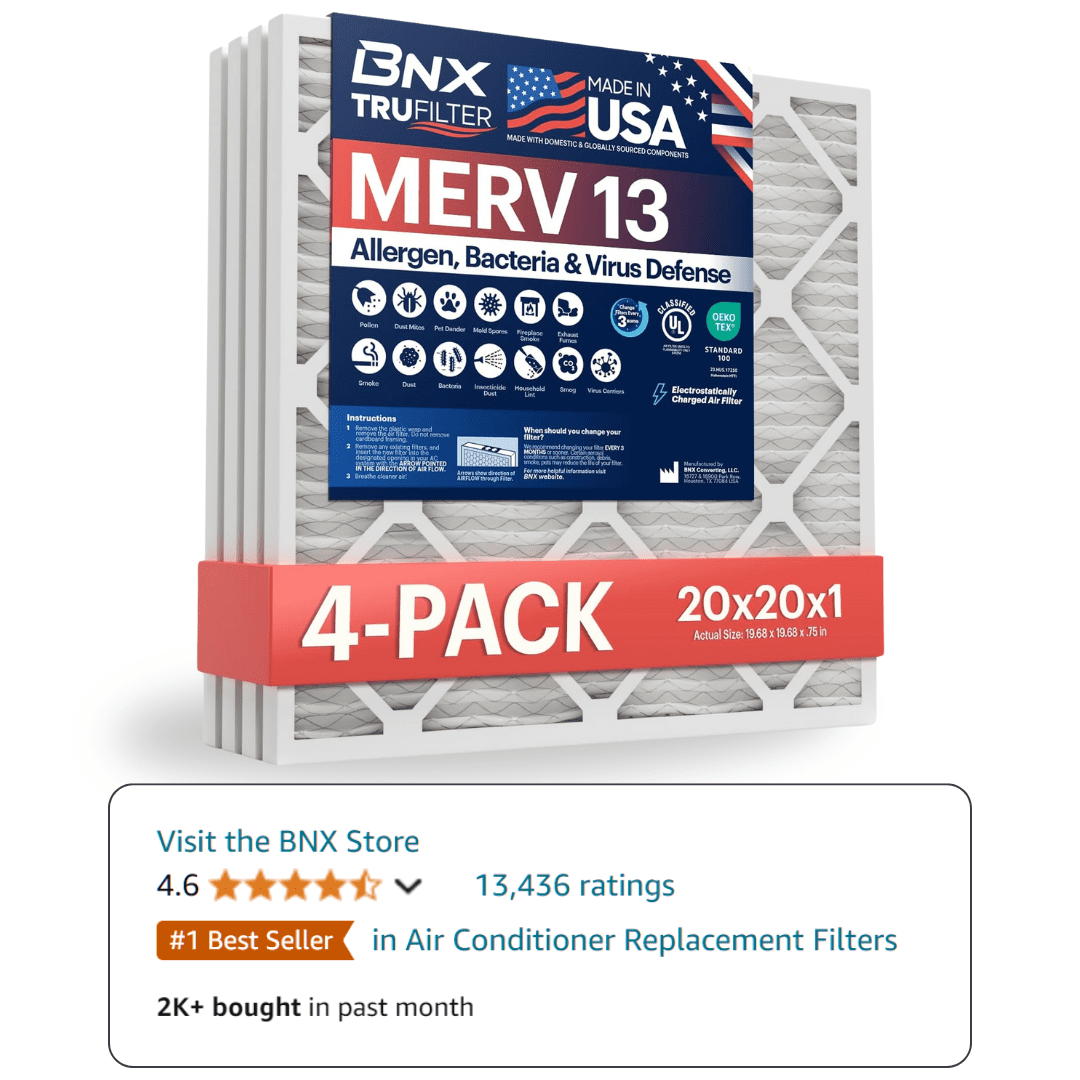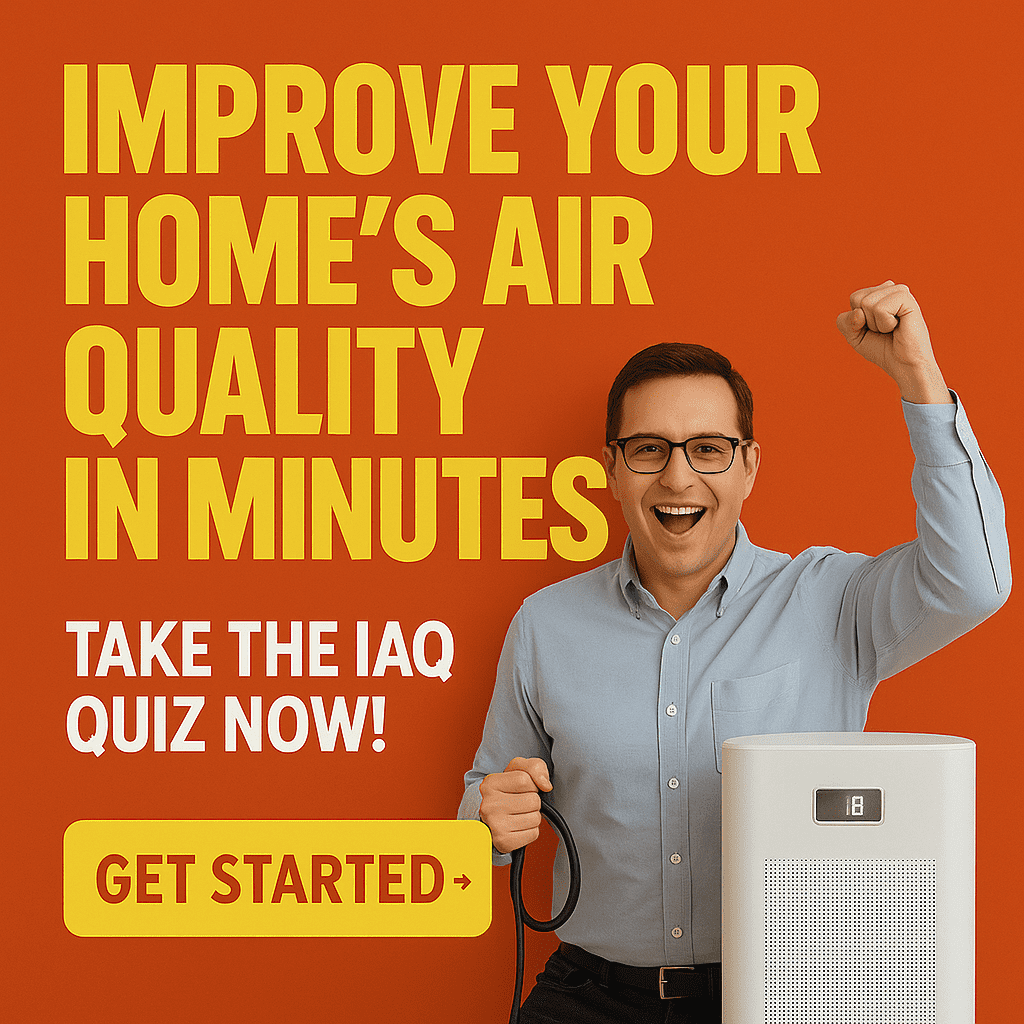Are you struggling with persistent bad odors or possible mold in your home or business?
You might have heard about ozone machines as a potential solution. But do they really work, and are they safe to use?
In this comprehensive guide, we’ll dive deep into the effectiveness, safety, and proper usage of ozone machines for removing bad smells and dealing with mold. Let’s explore whether an ozone machine could be the right choice for you.
What Is an Ozone Machine and How Does It Work?
An ozone machine, also known as an ozone generator, is a device that produces ozone (O3) gas.
Ozone is a powerful oxidant that can break down odor-causing molecules and some types of mold. The machine works by converting oxygen (O2) from the air into ozone through a process called corona discharge or UV light exposure.
The science behind ozone’s effectiveness against odors and mold lies in its strong oxidizing properties.
When ozone comes into contact with odor molecules or mold spores, it can break them down, neutralizing the smell or killing the mold.
However, it’s important to understand that ozone’s effectiveness can vary depending on the specific odor or mold situation.
Can Ozone Machines Remove Bad Smells?
Ozone machines are often used to tackle various types of odors, such as those from smoke, pets, mildew, and cooking. But how effective are they at removing these bad smells? Let’s take a closer look at the evidence.
Studies have shown that ozone can be effective at reducing certain odors, especially those caused by organic compounds.
For example, ozone can break down volatile organic compounds (VOCs) responsible for smoke and pet odors.
However, its effectiveness may be limited for some odors, such as those from certain chemicals or strong spices.
Real-world effectiveness can vary based on factors like the size of the space, the intensity of the odor, and the duration of ozone treatment.
In some cases, multiple treatments may be necessary to fully eliminate persistent odors.
Featured user question: “Do ozone generators really remove all odors?”
Ozone generators can remove many odors, but they may not be 100% effective against all types of smells. While they can be helpful in tackling a wide range of common odors, some stubborn or chemically-based odors may require alternative methods or professional assistance for complete removal.
Ozone Machines and Mold: What You Need to Know
If you suspect mold in your home or business, you might wonder if an ozone machine can help. Let’s explore what the science says about ozone’s effectiveness against mold.
Scientific studies and expert opinions suggest that ozone can kill some types of mold spores. However, it’s important to note that ozone treatment alone may not be sufficient for complete mold remediation. Physical removal of mold growth and addressing the underlying moisture issues are crucial steps in dealing with mold problems.
It’s also essential to distinguish between mold odor and active mold growth. Ozone can help neutralize mold odors, but it may not fully address the root cause of the problem if there’s active mold growth present. In such cases, professional mold remediation may be necessary to ensure complete removal and prevent future growth.
Are Ozone Machines Safe? What the Experts Say
When considering the use of an ozone machine, safety should be a top priority. Let’s explore what the experts say about the potential health risks and guidelines for safe usage.
The CDC and EPA have raised concerns about the health risks associated with ozone exposure. High levels of ozone can irritate the respiratory system, cause throat and lung irritation, and exacerbate conditions like asthma.
Prolonged exposure to ozone can have more severe health effects, particularly for sensitive populations such as children, the elderly, and individuals with respiratory conditions.
To ensure safe use, experts recommend following these guidelines:
- Never occupy the space during ozone treatment. Always leave the area and allow proper ventilation after treatment.
- Follow the manufacturer’s guidelines for treatment duration and room size to avoid excessive ozone levels.
- Use ozone machines in well-ventilated areas and allow ample time for ozone levels to dissipate before re-entering the treated space.
Regulatory agencies like the FDA and EPA have issued warnings about the potential dangers of ozone generators and advise against their use in occupied spaces.
How to Use an Ozone Machine for Odors or Possible Mold
If you decide to use an ozone machine, it’s essential to follow proper usage guidelines to ensure effectiveness and safety. Here’s a step-by-step guide on how to use an ozone machine for odors or possible mold:
- Read the manufacturer’s instructions: Before using the ozone machine, carefully read and follow the manufacturer’s guidelines for your specific model.
- Prepare the space: Remove all people, pets, and plants from the area to be treated. Cover or remove sensitive electronics, fabrics, and other materials that may be damaged by ozone exposure.
- Set up the machine: Place the ozone machine in the center of the room, away from walls and obstructions. Ensure proper air circulation around the device.
- Determine treatment duration: Follow the manufacturer’s recommendations for treatment duration based on the size of the space and the intensity of the odor or mold problem.
- Start the treatment: Turn on the ozone machine and leave the treated area immediately. Seal the room to prevent ozone from escaping into other spaces.
- Allow for off-gassing: After the treatment is complete, turn off the machine and allow the space to off-gas for the recommended period (usually several hours to a day, depending on the treatment duration).
- Ventilate the area: Once the off-gassing period is over, open windows and doors to ventilate the treated space thoroughly before re-entering.
Pre-treatment safety tips:
- Ensure proper ventilation in the treated area before and after treatment.
- Remove or cover any sensitive items that may be damaged by ozone exposure.
- Wear protective gear, such as gloves and a mask, when handling the ozone machine.
Post-treatment safety tips:
- Allow the recommended off-gassing period before re-entering the treated space.
- Thoroughly ventilate the area to ensure ozone levels have dissipated to safe levels.
- If you experience any respiratory discomfort after re-entering the treated space, leave the area immediately and seek fresh air.
Mistakes to avoid:
- Never occupy the space during ozone treatment or before proper ventilation.
- Avoid using ozone machines in small, poorly ventilated areas.
- Don’t exceed the recommended treatment duration or use the machine more frequently than advised.
Alternatives to Ozone Machines for Odor & Mold Control
While ozone machines can be effective in certain situations, they may not be the best choice for everyone. Let’s explore some alternative methods for controlling odors and mold:
- HEPA air purifiers: These devices use high-efficiency particulate air (HEPA) filters to capture odor-causing particles and allergens. They are generally safer for continuous use in occupied spaces.
- Dehumidifiers: Controlling moisture levels is crucial for preventing mold growth. Dehumidifiers can help maintain optimal humidity levels and reduce the risk of mold.
- Professional mold remediation: For severe mold problems, it’s best to hire a certified mold remediation specialist. They can safely and effectively remove mold growth and address underlying moisture issues.
- Natural odor eliminators: Baking soda, activated charcoal, and essential oils can help absorb and neutralize certain odors without the use of chemicals or ozone.
When deciding between ozone machines and alternative methods, consider the following:
- Ozone machines may be more effective for certain odors or mold situations, but they come with potential health risks and require strict safety precautions.
- Alternative methods like HEPA air purifiers and dehumidifiers are generally safer for continuous use in occupied spaces.
- For severe mold problems or when unsure about the best course of action, consult with a professional indoor air quality specialist or mold remediation expert.
Frequently Asked Questions (FAQ)
Can ozone damage belongings or electronics?
Ozone can potentially damage certain materials, including rubber, fabrics, and some types of plastics. It’s recommended to remove or cover sensitive items during ozone treatment. Electronics, in particular, can be susceptible to ozone damage, so it’s best to keep them out of the treated area or cover them properly.
How long after using an ozone machine can you enter the room?
The recommended waiting period before re-entering a treated space varies depending on the duration of the ozone treatment. As a general guideline, allow at least 3-4 hours of off-gassing for every hour of treatment. After the off-gassing period, thoroughly ventilate the area before re-entering.
Signs that ozone treatment was effective:
If the ozone treatment was successful, you should notice a significant reduction or complete elimination of the targeted odor. In the case of mold, you may observe a decrease in visible mold growth and a reduction in mold-related odors. However, keep in mind that ozone treatment may not address the underlying cause of mold growth, so further remediation may be necessary.
Is professional remediation necessary?
In some cases, professional mold remediation may be necessary, especially for severe or widespread mold problems. Professional remediation specialists have the expertise and equipment to safely and effectively remove mold growth, identify the source of moisture, and implement long-term solutions to prevent future mold issues.
Is an Ozone Machine Right for You?
Ozone machines can be effective tools for removing certain bad smells and dealing with some types of mold, but they come with potential health risks and require careful usage. When considering an ozone machine, it’s essential to prioritize safety and follow proper guidelines for use.
Ozone machines may be suitable for:
- Removing specific types of odors, such as smoke or pet smells, in unoccupied spaces.
- Supplementing mold remediation efforts, particularly for mold odors, when used in conjunction with professional services.
- People who are willing and able to follow strict safety protocols and understand the potential risks involved.
However, ozone machines may not be the best choice for:
- Individuals with respiratory conditions or sensitivities to ozone.
- Continuous use in occupied spaces or areas with poor ventilation.
- Those who are unable or unwilling to follow the recommended safety guidelines and precautions.
If you’re unsure about the best approach for your specific odor or mold situation, consult with a professional indoor air quality expert or mold remediation specialist. They can assess your unique circumstances and provide personalized recommendations for the most effective and safe solutions.
For further assistance and trusted resources, consider visiting:



